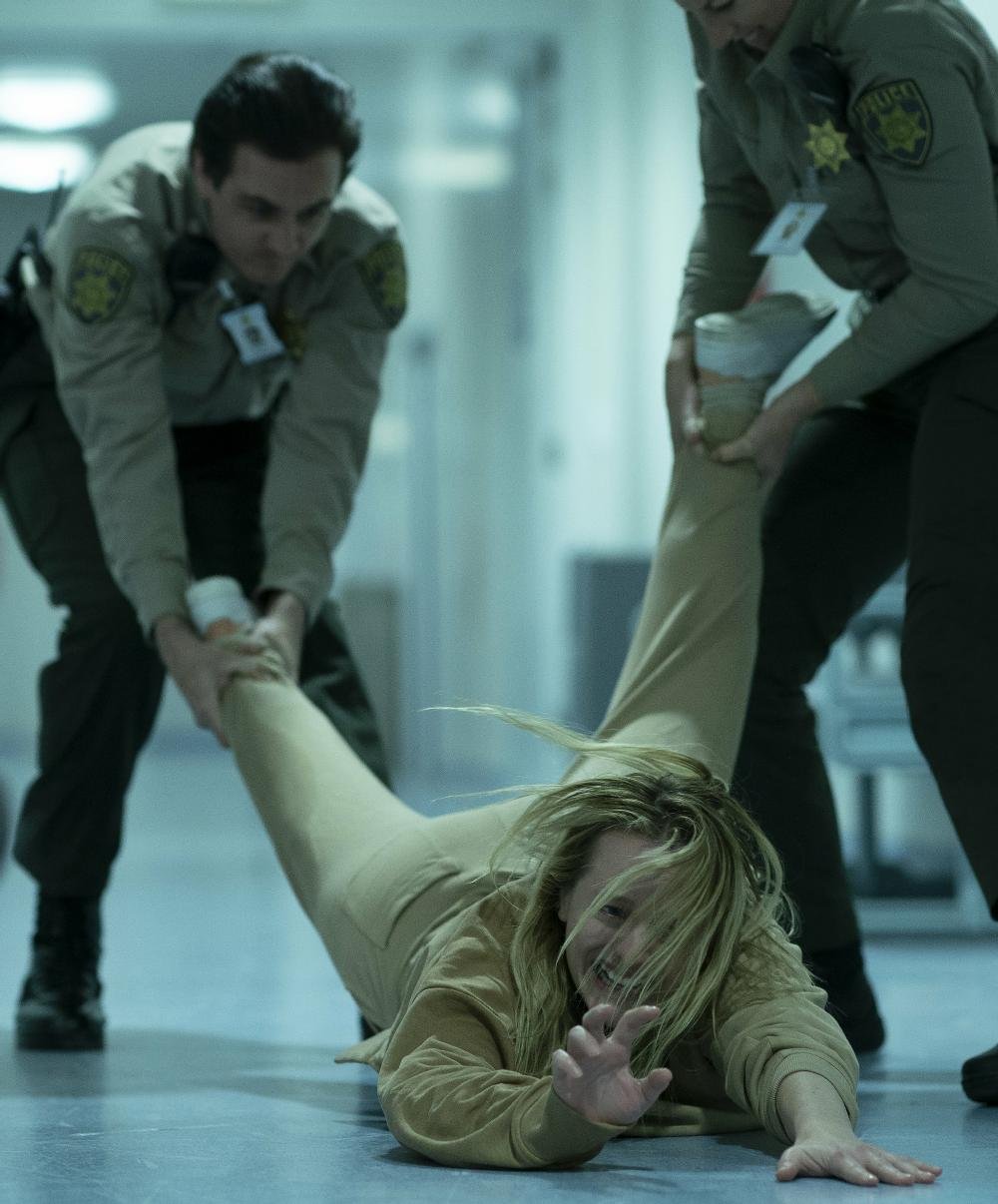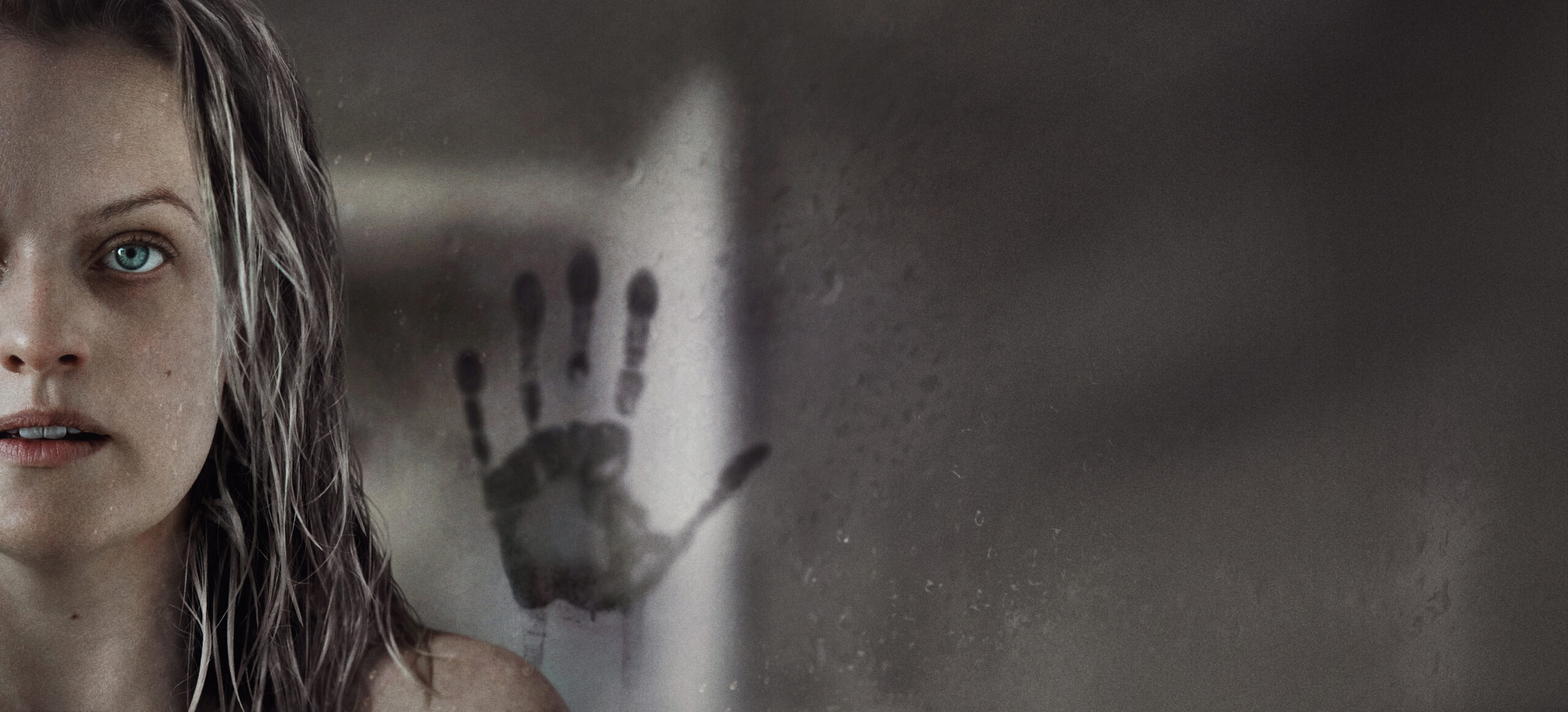


We’re sitting in a sparsely decorated room at the back of Quixote Studios in West Hollywood, where the 37-year-old has spent the day being primped, prodded and photographed for The Invisible Man, directed by Australian Leigh Whannell.
Invisible man cast tv#
It’s behaviour I’ve carried forward through all the TV I’ve done since.”
Invisible man cast how to#
They taught me not only about acting but how you’re supposed to act as a professional and how to be kind to everyone on a set. “I was also young enough to be able to really learn from these incredible actors like Martin Sheen, Allison Janney and Brad Whitford. “It was a really spectacular experience and I still can’t believe I got to have one of my first really big jobs with Aaron Sorkin and that cast,” says Elisabeth. Law, Ally McBeal) in Picket Fences, and at 17 she joined the cast of one of the great political TV dramas of our time, The West Wing.Īs Zoey Bartlet, youngest daughter of President Bartlet (Martin Sheen), she had a recurring role through the show’s seven seasons and was able to play in the margins of Hollywood long before anyone was looking. Long before Elisabeth Moss, the star of the upcoming horror-thriller The Invisible Man became one of the most revered actors working in television, she was already part of what would become TV’s golden age.Īt the age of 10, she began working with prolific TV creator David E. Only in the final third, when we start to actually see the Invisible Man in the flesh (an impressive bit of character design) does the director turn on some of the Upgrade-esque acrobatic camera moves.Elisabeth Moss: “I learnt my lesson the hard way that if you say something really personal, it’s there on the internet forever.” Credit: Tony Kim/Trunk Archive/Snapper Images There are fewer of the innovations of Whannell’s last film, the hugely underrated Upgrade, and as the film progresses, it begins to play a little more conventionally: a modest suburban house of horrors, occasionally over-reliant on jump scares. This subtle approach is incredibly effective, and a reminder of how horror doesn’t always have to be frantic to raise dread. His use of simple camera movements is pointed and powerful. Whannell skilfully metes out these elements in morsel-sized horror set-pieces, initially opting for traditional film craft over modern visual effects. Cecilia is the character nobody believes, written off as mad as strange occurrences build up around her, knowing deep in her gut that she’s being subjected to some extreme psychological warfare. There’s something Hitchcockian about the way this The Invisible Man plays out.


Which, inevitably, will make it a tough watch for some. There is a universal and uncomfortably real impact to the horrors on show here. Here, the invisibility concept is a compellingly appropriate means to explore abusive relationships, agoraphobia, gaslighting and toxic masculinity. But Whannell’s bold approach never feels like bandwagon-hopping. In the #MeToo era, it’s something being talked about more than ever. Remodelling the Invisible Man ( Oliver Jackson-Cohen) into a domestic abuser feels like conspicuously timely subject matter. The more important difference here, though, is that the man in the suit was bad before he became invisible. In this latest reboot from writer-director Leigh Whannell, the invisibility comes not from a serum but from an optical suit, dozens of cameras mounted on a military-grade onesie, conceptually based on an extension of existing camouflage technology. In James Whale’s 1933 adaptation of HG Wells’ classic sci-fi horror, Claude Rains plays Dr Jack Griffin as a mad scientist, a rational man driven insane by a serum which alters his body’s refractive index.


 0 kommentar(er)
0 kommentar(er)
